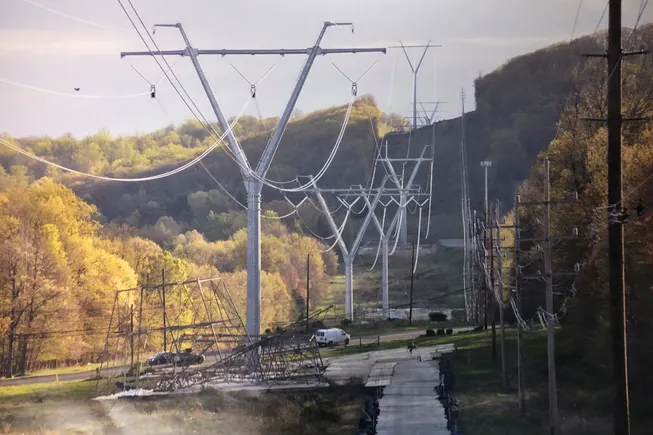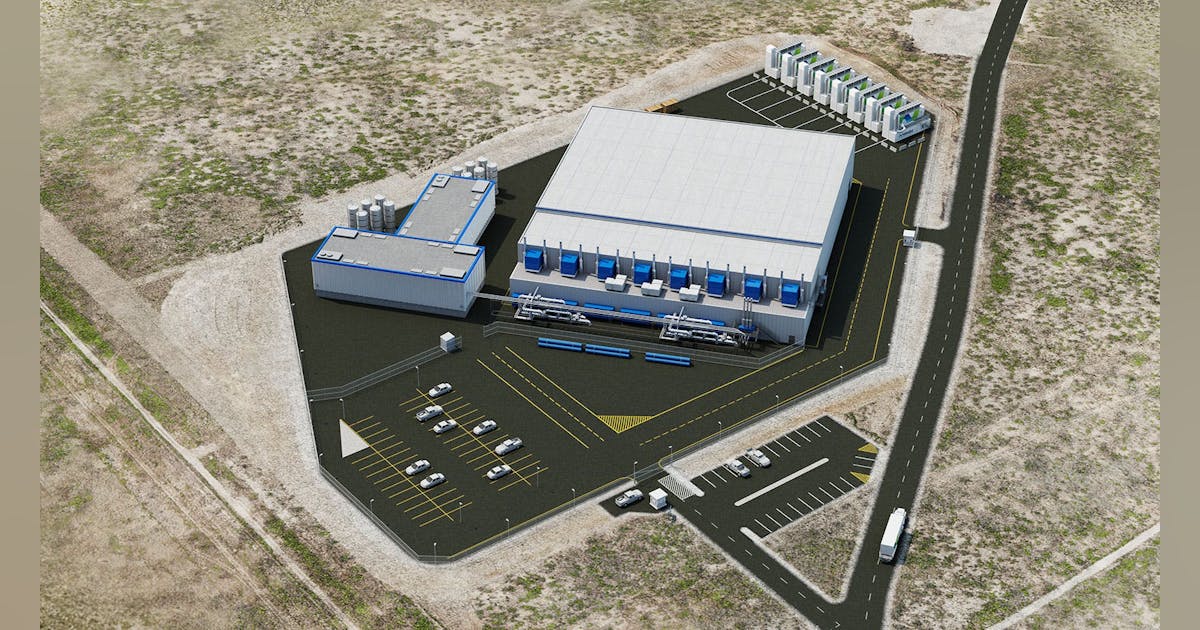
However, that’s only one part of the problem. Meeting the power demands of AI data centers will require the energy sector to make large investments. Then there’s data center demand for microprocessors, rare earth elements, and other valuable metals such as copper, which could, in a bust, make data centers the most expensively-assembled unwanted assets in history.
“Financial stability consequences of an AI-related asset price fall could arise through multiple channels. If forecasted debt-financed AI infrastructure growth materializes, the potential financial stability consequences of such an event are likely to grow,” warned the BoE blog post.
“For companies who depend on the continued demand for massive computational capacity to train and run inference on AI models, an algorithmic breakthrough or other event which challenges that paradigm could cause a significant re-evaluation of asset prices,” it continued.
According to Matt Hasan, CEO of AI consultancy aiRESULTS, the underlying problem is the speed with which AI has emerged. “What we’re witnessing isn’t just an incremental expansion, it’s a rush to construct power-hungry, mega-scale data centers,” he told Network World.
The dot.com reversal might be the wrong comparison; it dented the NASDAQ and hurt tech investment, but the damage to organizations investing in e-commerce was relatively limited. AI, by contrast, might have wider effects for large enterprises because so many have pinned their business prospects on its potential.
“Your reliance on these large providers means you are indirectly exposed to the stability of their debt. If a correction occurs, the fallout can impact the services you rely on,” said Hasan.






















